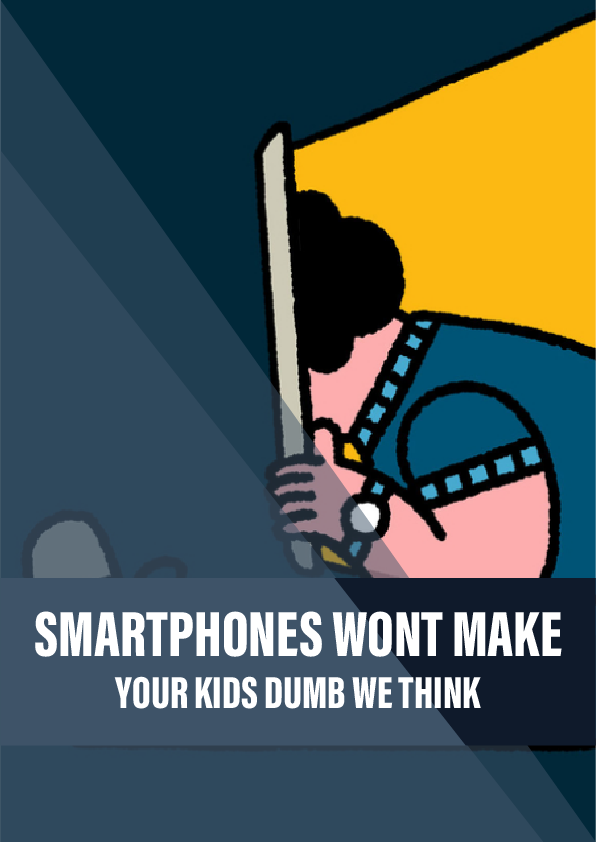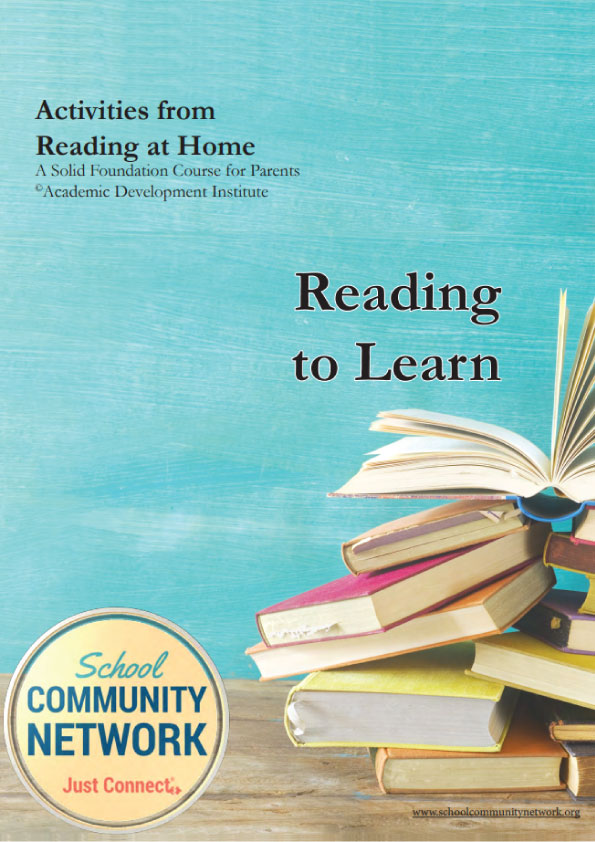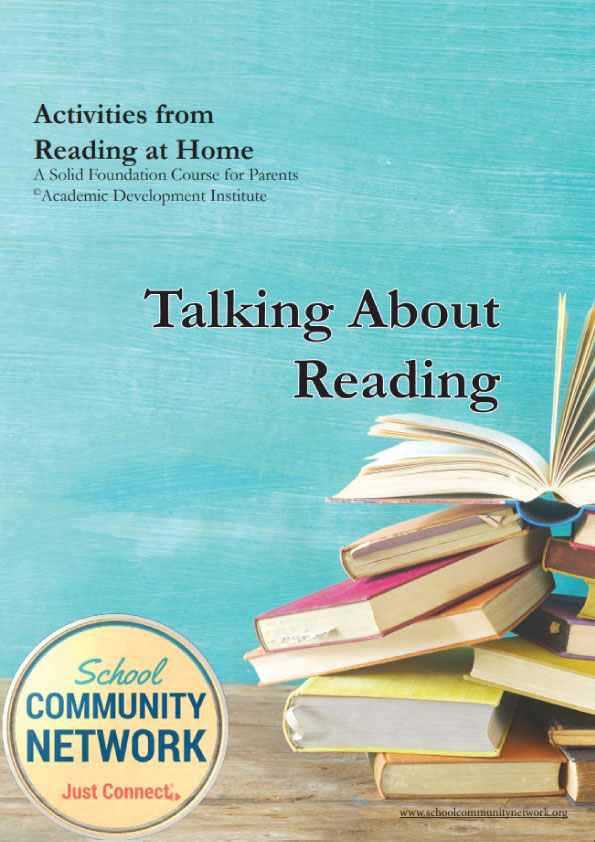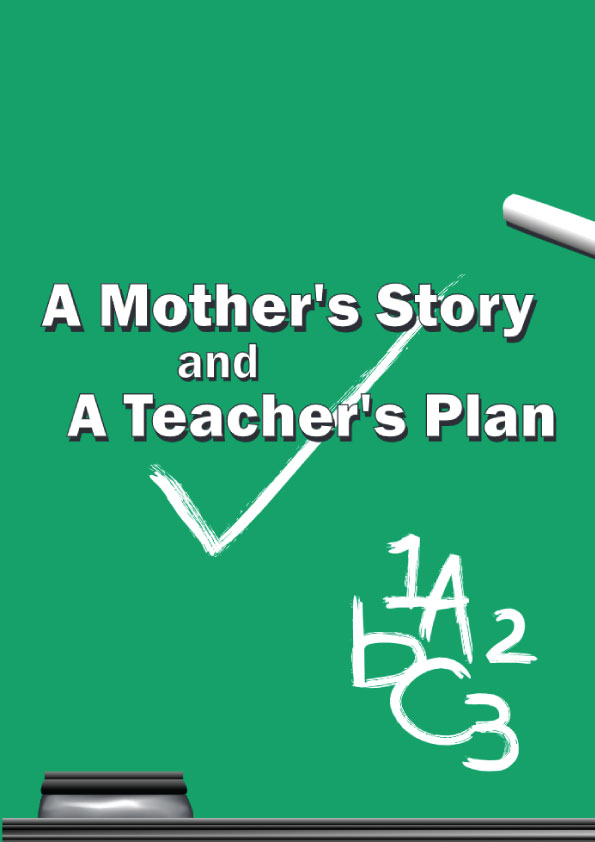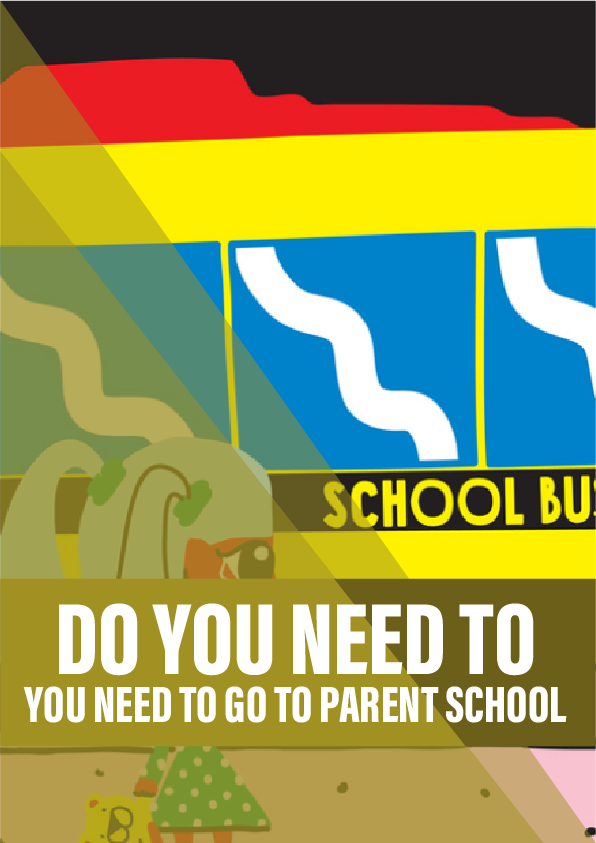Like many parents, Sandy is concerned about how much time her 18-month-old spends in front of screens. Weighing up the available evidence, Olivia Solon explains that she might be worrying too much.
Jessica’s tiny fingers dart around the iPad, swiping through photos to get to a particularly entertaining video: a 12-second clip of her dancing clumsily to Beyoncé’s Single Ladies. The 18-month-old taps “play” and emits a squeal of delight.
After watching the video twice, she navigates back to the home screen and opens up the YouTube app to watch an episode of the colourful animation Billy Bam Bam. Halfway through, she moves onto a Yo Gabba Gabba! game, which involves anthropomorphised fruits making their way into a character’s belly.
When Jessica’s mum, Sandy, tries to take away the iPad, there’s a tantrum that threatens to go nuclear: wobbly lip, tears, hands balled into fists and a high-pitched wail. “She does this a lot,” says Sandy. “She seems to prefer the iPad to everything else. Sometimes it’s the only thing that will keep her quiet,” she adds, frantically waving a pink fluffy unicorn in an attempt to appease her daughter.
Like many parents, she’s worried about her child’s obsession with screens. She wants to know which activities are best, and how much time spent on screens is too much.
It’s six years since the launch of the iPad and, with it, the rebirth of tablet computers. The academic research simply hasn’t been able to catch up, which means it’s hard to know the long-term impact on young brains of being exposed to tablets and smartphones.
The concern among some experts is that these devices, if used in particular ways, could be changing children’s brains for the worse – potentially affecting their attention, motor control, language skills and eyesight, especially in under-fives, for whom so much brain development is taking place.
Technology companies and app developers are throwing their marketing prowess at the problem, slapping words like “educational” and “e-learning” on their products, often without any scientific basis. So what are parents to do?
Reference:
- This article from the Journal of Children and Media looks at the future of research on young children’s interactive media.
- Common Sense Media helps parents assess the quality and age-appropriateness of content designed for kids
- Tap, Click, Read is a book and website about how to use technology to promote literacy instead of undermine it.
